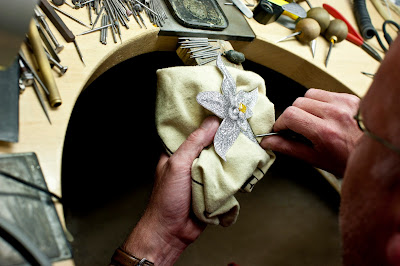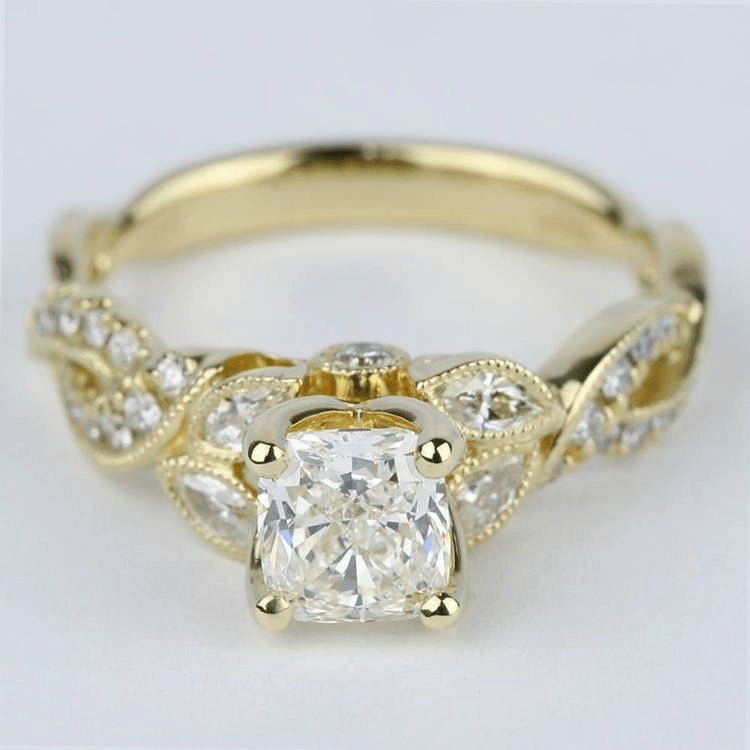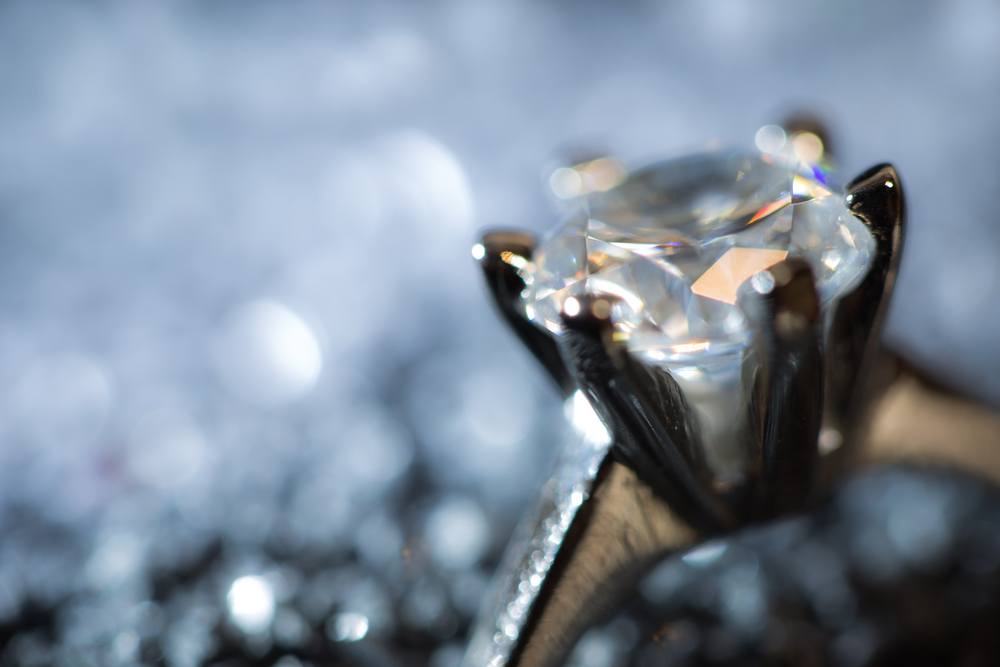Enthusiasts

Inside Graff’s Workshop Where The Most Desired Jewels In The World Are Made
Jewelry News Network |
| "The Fascination," a $40 million transformable watch with more than 152 carats of diamonds |
Sometimes I get to do some pretty cool things. For instance on a sunny, warm March afternoon in London I entered the Graff Diamonds workshop where I was able to see how some of the most desired jewels in the world are made.
Below street level a well-lit room with white walls and a low ceiling was tightly packed with rows of bench jewelers working independently while machinery buzzed and hummed around them. About 70 craftsmen produce roughly 350 jewels per month, says Raymond Graff, director of the workshop and brother of the company’s founder, Laurence Graff. This includes the unique jewels made with some of the world’s most sought-after diamonds and colored gems.
| The making of a diamond necklace in the Graff workshop |
The jewels are based on designs created a floor above done with both hand drawings and via CAD, which Raymond Graff says provides better design details.
One of the things that separates Graff’s workshop from other high jewelers is that it uses modern manufacturing principles to produce a high number of luxury jewels while adhering to traditional high jewelry hand craftsmanship. The operation produces so many jewels that it contains a branch of the Goldsmiths’ Company Assay Office for the hallmarking of precious metals (a requirement in the U.K.). Precious metals come in raw forms and in various shapes, which are then refined by metalsmiths into the framework for the jewels. The diamonds and other gems are set by craftsmen that specialize in this work.
 |
| Diamond setting a flower brooch in the Graff workshop |
One of Graff’s latest pieces that highlight the workshop's craftsmanship is the limited edition “Princess Butterfly Secret Watch,” which features white gold shaped into sensual curves and butterfly wings paved with diamonds and colored gems. The stones are mounted with the invisible set technique, where small grooves are cut in the underside of each diamond or gemstone allowing them to slide onto a grid hidden beneath the stones. To achieve a finish of pure color the stones must be color-matched, before being cut to fit tightly against one another as if made exactly for the delicate curvature of the butterfly wings.
The “secret” watch dial is revealed beneath the gem-paved wings by pressing on a round diamond, which allows the wings to slide apart.
 |
| Setting a large diamond on a ring |
Graff is known for diamonds and all the diamonds used for Graff jewels (whether personally sourced by Laurence Graff or through the normal supply chain) go through the South African Diamond Corporation (SAFDICO), which is Graff’s diamond procurement and polishing division in Botswana. It is one of the largest such operations in Africa. This practice of vertical integration (sourcing the materials and making the jewels in-house) increases efficiency, enhances quality control and serves as another example of the luxury jewelry operation’s commitment to manufacturing principles.
The number of iconic statement diamonds purchased by Laurence Graff is legendary. In some cases he made a bold decision to re-cut the diamond. Recently, Graff unveiled “The Graff Venus.” At 118.78 carats, it is the world’s largest D-color, flawless heart-shaped diamond. Contributing to its rarity is that there is likely no other diamond manufacturer willing to cut such a large D-color, flawless diamond into such a challenging shape.
 |
| Enhancing the details of a sapphire bracelet |
This shows the trust Laurence Graff has in its diamond cutters and polishers and the risks he’s willing to take to create such a gem. It’s the same trust that Laurence Graff shows throughout the operation and just one of the reasons for the success of Graff Diamonds.
Please join me on the Jewelry News Network Facebook Page, on Twitter @JewelryNewsNet, the Forbes website and on Instagram @JewelryNewsNetwork





















